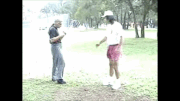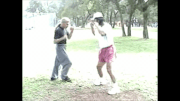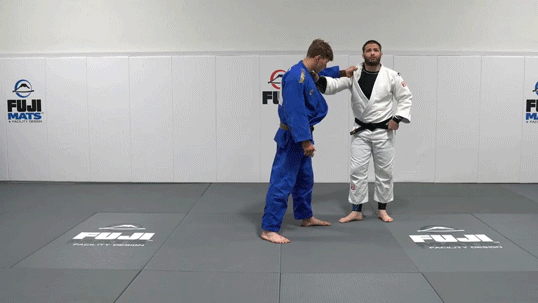I disagree that it's okay at the beginner level. I can't think of a good reason to allow bad habits at such a fundamental level. I'd rather have them unable to finish the one-step response, but get a correct feed.I'm on mobile for now, but there are a couple of yabbits on the one-steps in videos.
I think incorrect distance and timing of one-steps at the beginner level can be okay, so long as it's ironed out in the later belts (i.e. a year or two after starting).
In a paused demo, there will be some issues, because the body has to stop. Distancing shouldn't really be one of them, though. If I demonstrate with incorrect distancing, that's going to affect many other fundamental parts of what I'm demonstrating. So, yeah, we might have to pause to show something, so you end up in an awkward pose and have to put something in a slightly different position to keep balance while I run my mou......er, explain the technique. But I'd want the distancing pretty reasonable, so all the mechanics being shown are proper.I also think some level of timing or distancing is going to be off in an instructional demonstration (and maybe formal test) compared to training. I see this in Muay Thai and BJJ as well. For example, in BJJ, often the uke will have an odd pose, so that the students can actually see the grip that Professor is talking about.
This is one of the places where we have to consider the intent of the one-step. If it's meant to allow the student to practice moving into a technique when their opponent is in a particular position, we might let them practice several at once, rather than having to restart the feed each time. In concept, it's not much different from throwing a combination at the heavy bag. The bag shifts a bit as we move from strike to strike, but it's not fighting back. And I don't know of anyone who'd argue that's not useful practice.Our Muay Thai drills are typically combinations of 3-5 techniques against an opponent that is defending, but not countering. How are these drills different from one-steps in which the defender does multiple techniques without the attacker countering?




